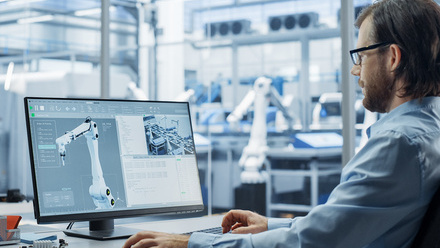Making friends with technology
Technology is part of every day life for every one of us. Some we use and engage with and think we couldn’t do without (such as smartphones, SatNav, Alexa), other types we may not even notice but still have a direct impact on us (for example, train safety mechanisms).
The interaction between people and technology has always been under scrutiny by human factors researchers. With the rapid advance in the development of autonomous systems, it’s more important than ever that we truly understand these interactions. Doing so will ensure we trust and appreciate the capability of technology and apply it in ways that will enhance human performance. The alternative is to create a mismatch between the system and how we process information leading to near misses or worse.
One challenge is to ensure that the purpose and potential outcomes of any interaction between people and technology they’ve not encountered before is communicated effectively when there are no other people present to explain or answer questions. In human terms, we should seek to make these systems friendly and approachable. As a simple example, think about ticket machines in car parks. Whilst the purpose is the same, no two machines seem to be alike so we need to work out how they function before we can attempt to use them. Inconvenient and uncomfortable if it’s pouring with rain and the machine is outside!
Clearly, correctly interacting with technology that has a direct bearing on our health, wellbeing or safety is critical and it has to work in the context of use. For example, in an attempt to reduce waiting times in hospital Emergency Departments, technology can be used to triage patients automatically but this relies on patients or people accompanying them understanding the procedures required when the situation is already stressful and there could be a myriad of distractions present.
Consider, as we probably all have done, a future where automated vehicles are a normal part of our transport environment. Before we reach that point, we need to ensure that all road users, including pedestrians, will always be in a state of readiness to respond and interact in a way that ensures we can all move around safely.
Human factors researchers studying these and other scenarios that will be part of our life in the near future will be presenting and discussing their work at CIEHF’s Ergonomics & Human Factors 2023 conference in April. The technology already exists to move us on to the next level of automation in life, so we should all be taking a keen interest in how we get there.






